N,N-dimethylarginine
- CAS NO.:30315-93-6
- Empirical Formula: C8H18N4O2
- Molecular Weight: 202.25
- MDL number: MFCD00038406
- SAFETY DATA SHEET (SDS)
- Update Date: 2024-11-19 20:33:22

What is N,N-dimethylarginine?
The Uses of N,N-dimethylarginine
Metabolomics
Definition
ChEBI: A L-arginine derivative having two methyl groups both attached to the primary amino moiety of the guanidino group.
General Description
Asymmetric dimethylarginine (ADMA) is a naturally occurring chemical found in blood plasma. It is a metabolic by-product of continual protein modification processes in the cytoplasm of all human cells. It is closely related to L-arginine, a conditionally-essential amino acid. ADMA interferes with L-arginine in the production of nitric oxide, a key chemical to endothelial and hence cardiovascular health. Asymmetric dimethylarginine is created in protein methylation, a common mechanism of post-translational protein modification. This reaction is catalyzed by an enzyme set called S-adenosylmethionine protein N-methyltransferases (protein methylases I and II). The methyl groups transferred to create ADMA are derived from the methyl group donor S-adenosylmethionine, an intermediate in the metabolism of homocysteine. (Homocysteine is an important blood chemical, because it is also a marker of cardiovascular disease). After synthesis, ADMA migrates into the extracellular space and then into blood plasma.
Properties of N,N-dimethylarginine
| Boiling point: | 340.8±52.0 °C(Predicted) |
| Density | 1.23±0.1 g/cm3(Predicted) |
| storage temp. | 2-8°C(protect from light) |
| solubility | DMF: 5 mg/ml; DMSO: 3 mg/ml; Ethanol: 3 mg/ml; PBS (pH 7.2): freely soluble |
| form | A crystalline solid |
| pka | 2.50±0.24(Predicted) |
| color | White to off-white |
Safety information for N,N-dimethylarginine
| Signal word | Warning |
| Pictogram(s) |
 Exclamation Mark Irritant GHS07 |
| GHS Hazard Statements |
H302:Acute toxicity,oral H315:Skin corrosion/irritation H319:Serious eye damage/eye irritation H335:Specific target organ toxicity, single exposure;Respiratory tract irritation |
| Precautionary Statement Codes |
P261:Avoid breathing dust/fume/gas/mist/vapours/spray. P305+P351+P338:IF IN EYES: Rinse cautiously with water for several minutes. Remove contact lenses, if present and easy to do. Continuerinsing. |
Computed Descriptors for N,N-dimethylarginine
New Products
Tert-butyl bis(2-chloroethyl)carbamate (S)-3-Aminobutanenitrile hydrochloride N-Boc-D-alaninol N-BOC-D/L-ALANINOL N-octanoyl benzotriazole 4-Hydrazinobenzoic acid 3,4-Dibenzyloxybenzaldehyde Electrolytic Iron Powder 1,1’-CARBONYLDIIMIDAZOLE R-2-BENZYLOXY PROPIONIC ACID 4-HYDROXY BENZYL ALCOHOL 1,1’-CARBONYLDI (1,2-4 TRIAZOLE) S-2-CHLORO PROPIONIC ACID (2-Hydroxyphenyl)acetonitrile 4-Bromopyrazole 5-BROMO-2CYANO PYRIDINE 5,6-Dimethoxyindanone 5-broMo-2-chloro-N-cyclopentylpyriMidin-4-aMine 3-(2,4-Dimethoxybenzyl)dihydropyrimidine-2,4(1H,3H)-dione 6-Bromo-3-iodo-1-methyl-1H-indazole 4-Ethylbenzylamine N-(5-Amino-2-methylphenyl)acetamide 2-(BOC-Amino)4-picoline 1-(4-Methylphenylsulfonyl)-1H-1,2,3-benzotriazoleRelated products of tetrahydrofuran
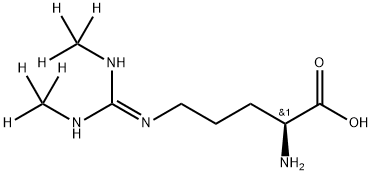
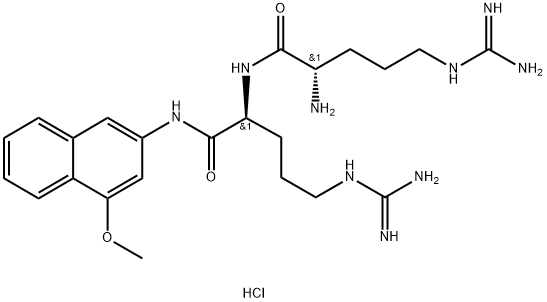
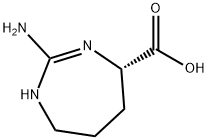
![5-[[(DiMethylaMino)iMinoMethyl]aMino]-2-oxopentanoic Acid](https://img.chemicalbook.in/CAS/GIF/107347-90-0.gif)

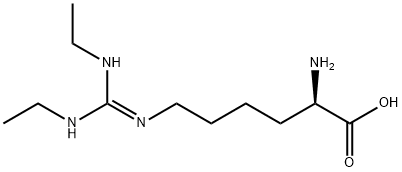
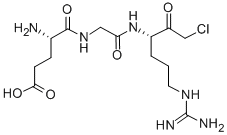
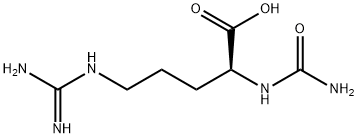
You may like
-
 Ng,ng-dimethylarginine hydrochloride 95% CAS 30315-93-6View Details
Ng,ng-dimethylarginine hydrochloride 95% CAS 30315-93-6View Details
30315-93-6 -
 Dimethyl-L-arginine CAS 30315-93-6View Details
Dimethyl-L-arginine CAS 30315-93-6View Details
30315-93-6 -
 100-71-0 99%View Details
100-71-0 99%View Details
100-71-0 -
 Chloro Uracil 1820-81-1 99%View Details
Chloro Uracil 1820-81-1 99%View Details
1820-81-1 -
 2-ethyl-6-methyl-3-hydroxypyridine succinate 127464-43-1 99%View Details
2-ethyl-6-methyl-3-hydroxypyridine succinate 127464-43-1 99%View Details
127464-43-1 -
 13162-05-5 N-Vinylformamide 99%View Details
13162-05-5 N-Vinylformamide 99%View Details
13162-05-5 -
 1446013-08-6 98%View Details
1446013-08-6 98%View Details
1446013-08-6 -
 Ste-Glu-AEEA-AEEA-OSUView Details
Ste-Glu-AEEA-AEEA-OSUView Details
1169630-40-3